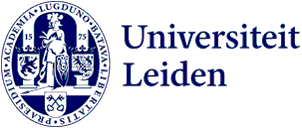
Sculptures provide more diverse view of University’s history
Three new initiatives will provide a more diverse view of Leiden’s academic history, literally and figuratively: a historical study on the background of students and scientists, a new book about the Academy Building, and two new sculptures of female scientists, Ewine van Dishoek, Professor of Molecular Astrophysics, and Classicist Professor Ineke Sluiter.

‘It was a long-standing annoyance that there were only portraits of male scientists on the walls here. That really had to change’, said Rector Magnificus Carel Stolker on 3 February at the launch of the three initiatives in the Academy Building. The COVID-19 measures meant it was a modest occasion. In 2018, portraits of 14 female professors were hung in the Senate Chamber of the Academy Building, but there were still no female professors represented in the sculpture garden. The Executive Board therefore commissioned two new sculptures of two top female scientists.
Stars in their field
Stolker unveiled the new sculptures together with his successor Annetje Ottow, who will be named President of the Executive Board on the University’s Dies Natalis. The pieces are portrait sculptures of astronomer Ewine van Dishoeck and classicist Ineke Sluiter. Van Dishoeck, Professor of Molecular Astrophysics, is an international star in her field, and in 2018 won the prestigious Norwegian Kavli Prize for her groundbreaking research. Sluiter, Professor of Greek Language and Literature, is likewise a leading name in her field and is also President of the Royal Netherlands Academy of Arts and Sciences (KNAW).

More female sculptures
At the unveiling, art historian Kitty Zijlmans emphasised the importance of having more female sculptures; Sluiter agreed with her wholeheartedly. Van Dishoeck commented: ‘I feel honoured. This is fantastic.’ Her sculpture was created by the artist Jet Schepp (see photos at the end of this article). In the future, there will be more sculptures of female scientists.

Study on the structure of the academic community
‘For many years, the University remained a male stronghold, but that is not to say that the academic community was not diverse’, said historian Ariadne Schmidt in a short presentation about the study, entitled Linking Diversity & the University. This project, which started recently, is being led by Schmidt and data scientist Wessel Kraaij. Even in the 17th century, there were significant differences in the geographical, social, economic and religious backgrounds of students and professors. Students and scholars came from all over Europe, and Dutch students in particular were by no means only from the highest of elite circles, and it wasn’t long before the children of teachers and civil servants, for example, were attending the University.
The effect of newcomers
The research project is an exceptional collaboration between the Data Science Research Programme and the Institute for History, Kraaij explained. With the aid of text mining, clustering and visualisation, historical sources are examined and linked together. Examples include digitised student enrolments in the Album Studiosorum, historical newspapers, and international collaborations. Kraaij: ‘This enables us to evaluate patterns and trends.’ The researchers examine topics including the effect of newcomers on the academic community and the city. Schmidt: ‘Perhaps we’ll also learn something from this now.’

Gebruikersgeschiedenis van het Academiegebouw
In her new book Rap 73, author Dorrit van Dalen writes about a wide variety of scientists, staff and students that have, or had, a special link with the Academy Building. Van Dalen has created what she herself describes as an ‘intimate’ history of the building. She has written what for many were previously unknown stories about the Academy Building and those who have used it, from the expelled White Nuns to a beadle with the giggles. This book is also clearly a kaleidoscopic user history of the building and what took place behind its sturdy walls. Rap 73 is available from Leiden University Press. Read more about this book in the article Pussy Riot and other stories about the Academy Building.
Text: Linda van Putten
Photos: Marc de Haan
-
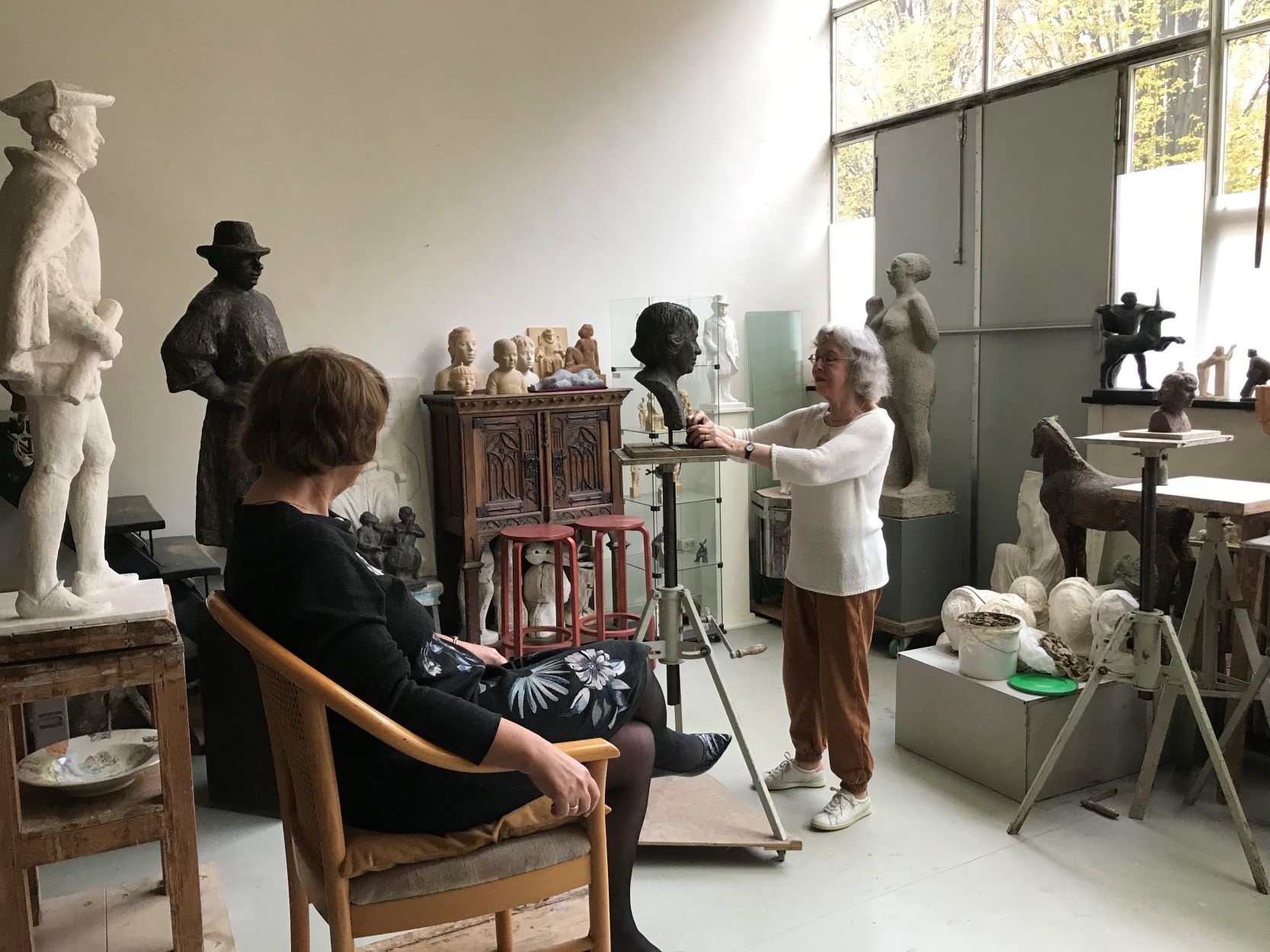
Ewine van Dishoeck poses for Jet Schepp. -
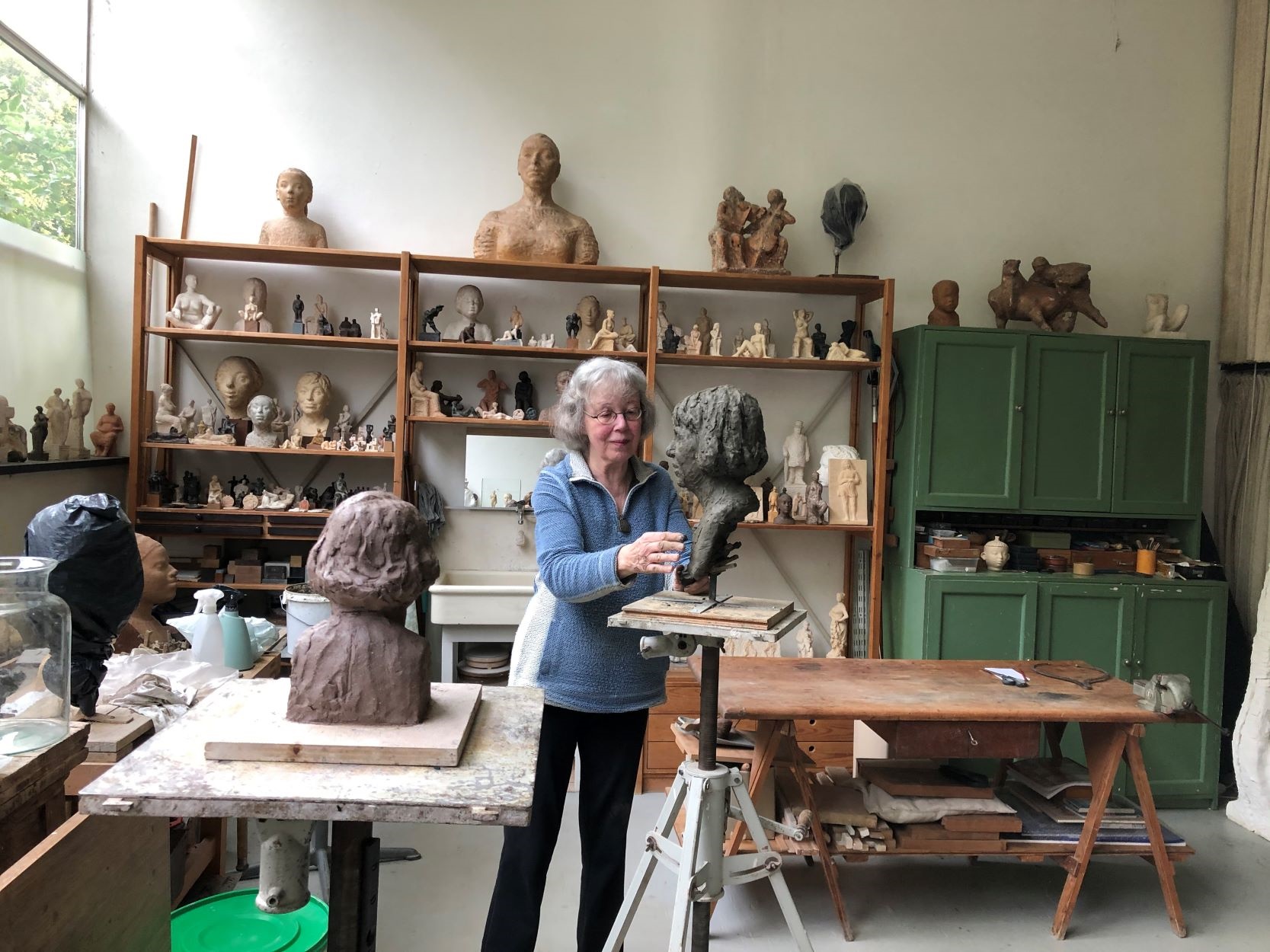
-
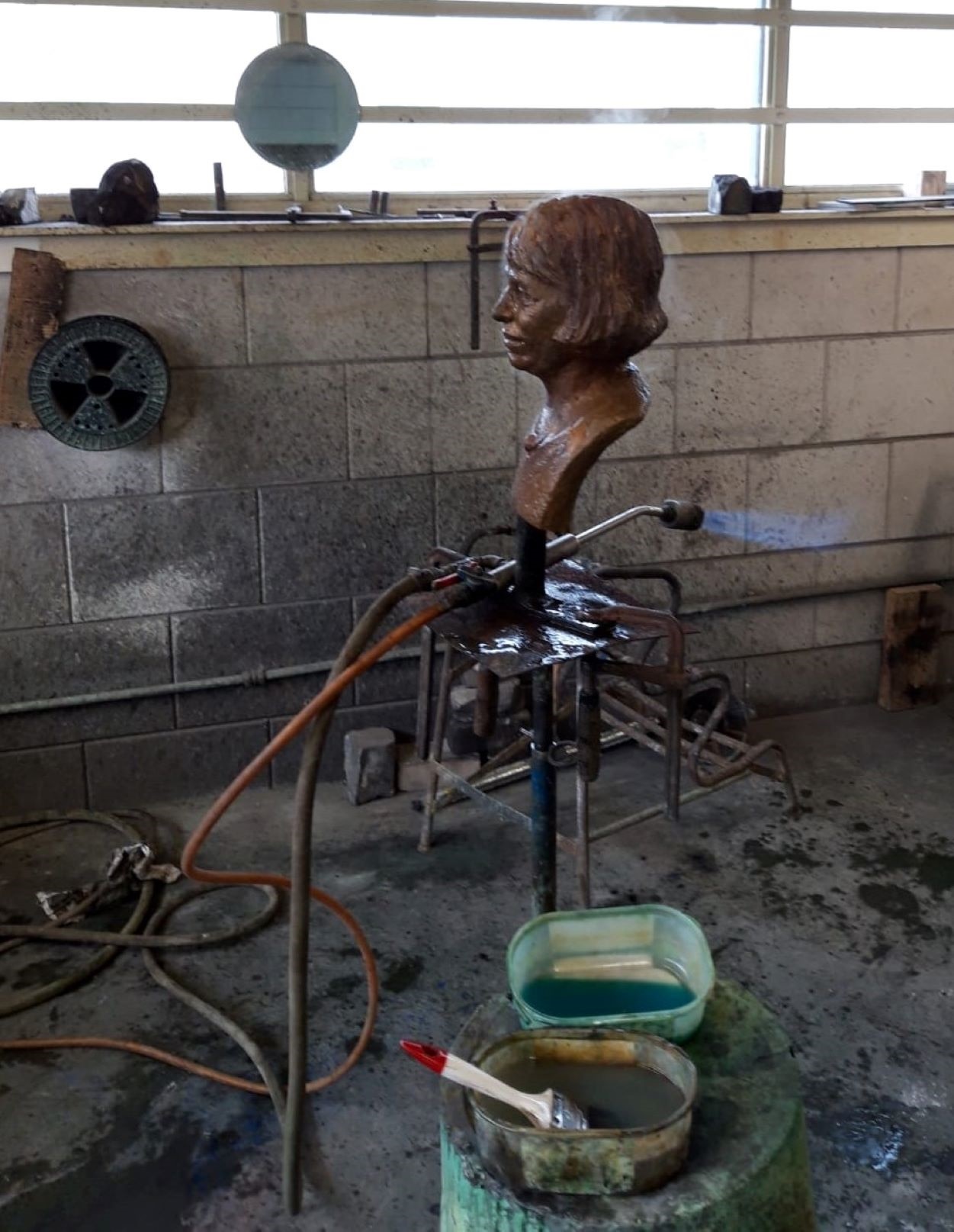
-
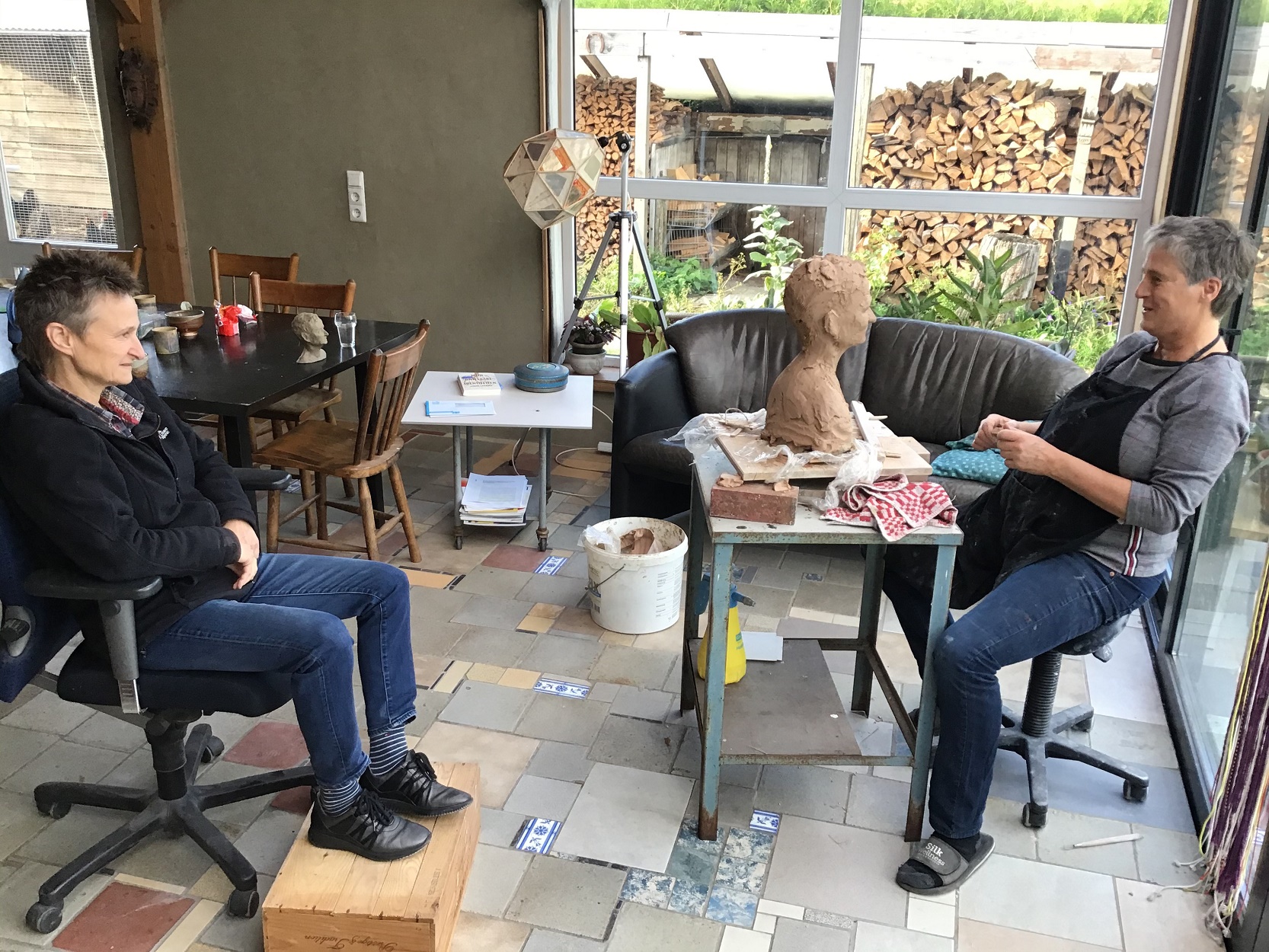
Ineke Sluiter poses for Hester Pfilz.
